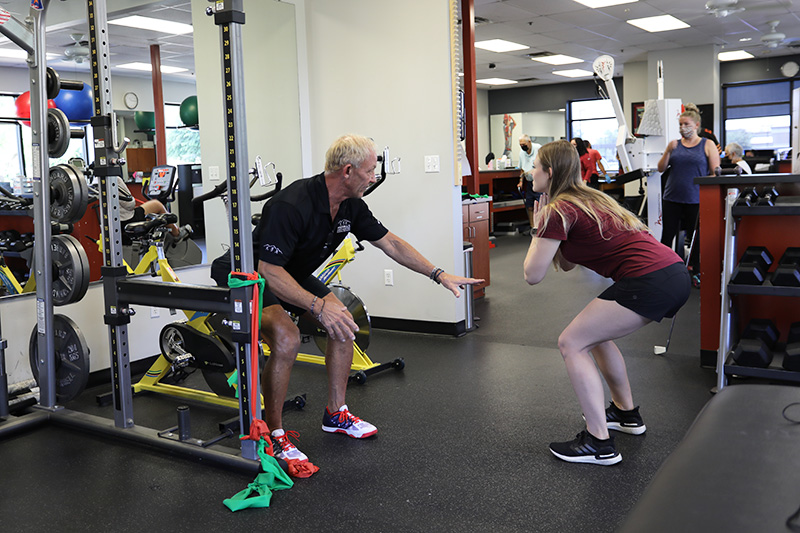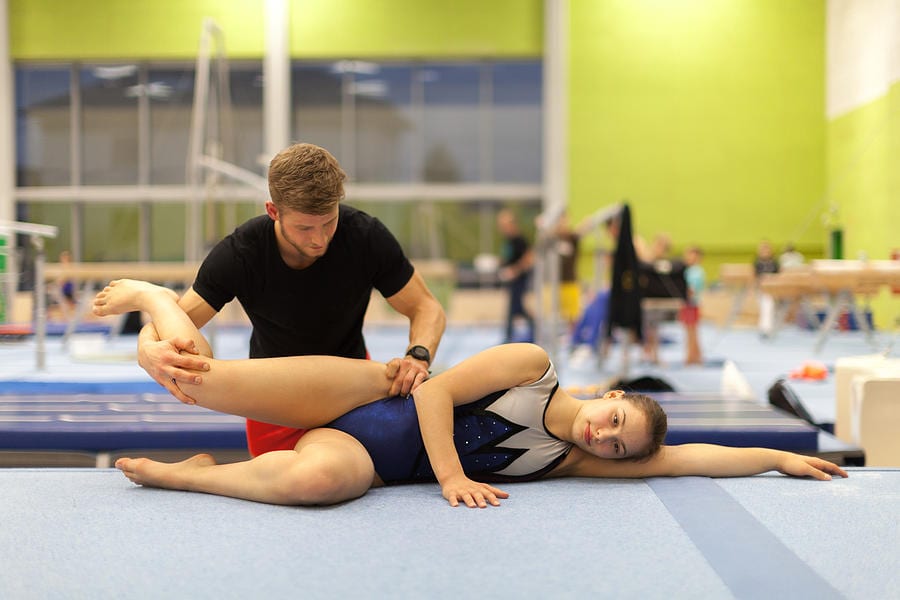Children are complex, constantly evolving, and changing. Kids’ bodies are also complicated; for children with orthopedic injuries and conditions such as cerebral palsy, you must approach their bodies differently than adults. As children grow up, their range of motion changes frequently. Children are more active than adults and can get injured at any time. If you have a child with an orthopedic condition, it helps to understand what pediatric physical therapy can do to help and how different it is from regular physical therapy.
What Is Pediatric Physical Therapy?
Pediatric physical therapy (PT) is a branch of medicine that focuses on treating and preventing movement disorders in children. It is essential to treat kids with orthopedic conditions like cerebral palsy, spina bifida, Down syndrome, developmental delay, and other disabilities. Pediatric physical therapists are highly trained professionals who work with children to help them achieve their full potential. We use techniques like stretching, strengthening, and gait training to improve the child’s function in daily life.
Pediatric physical therapists work with children from birth to adolescence. We see infants with problems moving or developing their motor skills and older children recovering from injury or surgery. Our Foothills therapists are highly trained in pediatric orthopedic conditions (post-operative, acute injury, post-fracture/immobilization), so we can help your child achieve maximum function and independence despite their injury. We work closely with parents to ensure pull-through at home and strive to make physical therapy fun for our younger patients. With our Sports Medicine-focused philosophy, we partner with FAST sports performance trainers and athletic trainers in schools to ensure a safe return to any activity or sport.
What’s the Importance of Pediatric Physical Therapy?
When a child experiences a condition or injury that interrupts their development, they must receive the proper care quickly. A physical therapist who is trained in Pediatric Physical therapy helps guide them to normal growth and organic functioning while supporting them through the pain they may experience.
It’s important to start physical therapy early because, if given the right help at this crucial stage of life, children’s bodies still have time to grow into their full potential. Physical therapy is essential for recovery if a child has experienced a significant injury, such as a broken bone or brain trauma. This care helps them regain muscle strength, coordination, and balance so they can return to their previous activities and enjoy life again.
What Conditions Does Pediatric Physical Therapy Treat?
Pediatric physical therapy is a specialized area that deals with individuals from birth to 18 years old. Pediatric PT can treat a variety of conditions while still focusing on early intervention and treatment. The most common conditions treated by Pediatric PT include:
- Cerebral Palsy (CP): This condition affects movement and muscle coordination. It can also cause difficulty with speech, learning, and behavior. CP happens when there is brain damage before or after birth.
- Spina Bifida is a congenital disorder that occurs when the spinal column does not close completely during fetal development. It can lead to weakness in the legs and problems with bladder control.
- Torticollis/ Torticollis: This condition is characterized by a constant twist in the neck. It can cause pain, headaches, and difficulty with movement.
- Developmental Dysplasia of the Hip (DDH): This condition affects babies from birth to two years old and causes hip instability. It can also lead to dislocation or subluxation of the joint.
- Club Foot (-A tightness in the calf muscles, which results in an abnormal angle at which your foot rests)
- Developmental Delay /Delayed Development (DDD): This condition affects a baby’s development and mind. It can cause delayed speech, motor skills, emotional growth, and socialization.
- Down Syndrome: This condition occurs when an extra chromosome exists in the human body. It can cause heart defects, low muscle tone, and developmental delays.
- Hemiplegia: This condition leads to paralysis of one side of the body. It can cause weakness, muscle atrophy, and problems with speech, vision, and hearing.
What are the Differences Between Pediatric and Regular Physical Therapy?
While Pediatric physical therapy is similar in many ways to regular physical therapy, there are some critical differences you should know about. In general, these include:
- Specialization: pediatric physical therapists are more specialized than their adult counterparts. They have additional education and training in treating children’s disorders and injuries. Pediatric PTs also better understand how growth patterns affect children’s motor skills development.
- Focus on functional outcomes: while both types of PT focus on improving mobility and reducing pain, pediatric PT emphasizes functional outcomes more than adult PT. Pediatric treatments tend to be slower-paced but more focused on improving a child’s ability to perform daily activities independently rather than simply relieving symptoms like muscle spasms or discomfort from an injury or surgery.
- Conceptual difference: although both types of exercise focus on increasing strength, balance, flexibility, and range of motion (ROM), there is a significant conceptual difference between them as well, which is why parents must understand this difference before starting any treatment program with their child. Pediatric PT focuses on improving a child’s ability to perform daily activities independently, while adult PT focuses more on relieving symptoms of pain and discomfort from an injury or surgery.
How Can You Find Out if Your Child Needs Pediatric PT?
You can find out if your child needs Pediatric PT by asking yourself some simple questions.
- Does your child have difficulty climbing stairs, jumping, or standing on one foot for long periods?
- Does your child seem to be having trouble with coordination and balance?
- Does your child have muscle tone significantly weaker than what seems normal for his age?
- Has your child experienced a sports injury that requires musculoskeletal rehabilitation?
If you answered yes to any of these questions, you might want to consider bringing your child in for a consultation with a physical therapist trained in Pediatric physical therapy.
Conclusion
As a parent, knowing that your child can benefit from physical therapy just as much as adults is essential. Childhood injuries are the leading cause of physical therapy in children. If you have concerns about your child’s development, contact a physical therapist at Foothills Sports Medicine Physical Therapy for a free injury assessment. By doing so, you can ensure your child gets the help he needs and avoid any long-term problems.
It’s also important to remember that pediatric physical therapy is not just for children with injuries. Your child can benefit from physical therapy regardless of whether he has a diagnosis. If your child is having difficulty with walking, sitting, standing, and running, then it’s time to consider bringing him in for an evaluation by a pediatric physical therapist. Contact any of our valley-wide Foothills Physical Therapy clinics and request an appointment today. If you have any questions or concerns, please do not hesitate to contact us.







